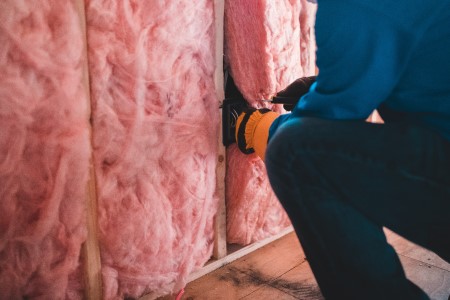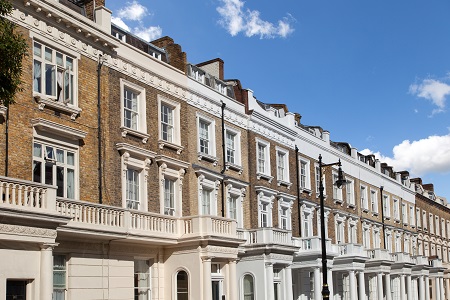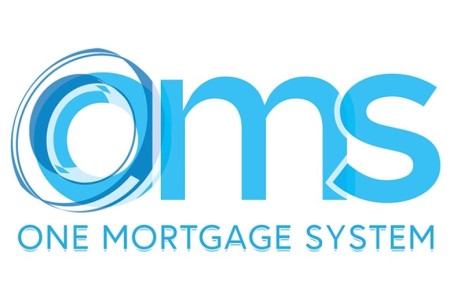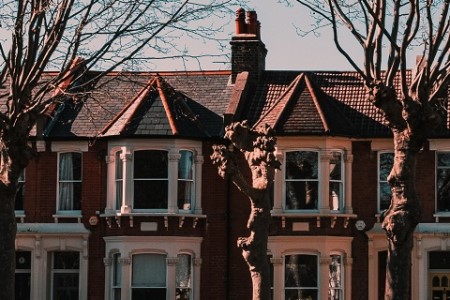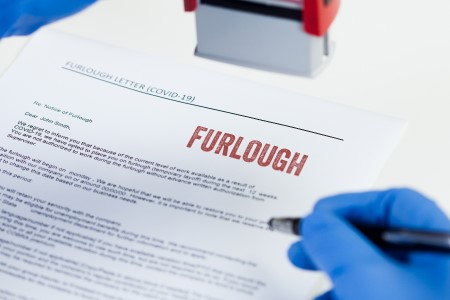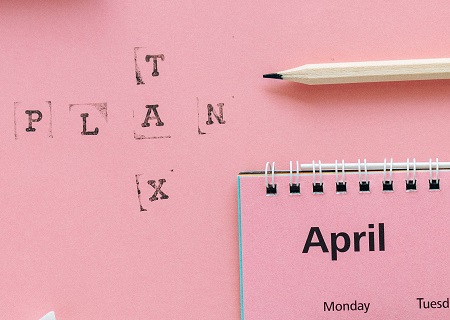
Stamp duty is one of our oldest taxes, having been introduced in England in 1694. Since then, it’s been updated to reflect changing times. But in recent years, the levy was completely upended. The Government was forced to make drastic changes to its fiscal planning following the pandemic.
Various support packages were introduced to keep the economy afloat, including the furlough scheme and mortgage holidays. But for the property market, stamp duty holidays arguably had the biggest impact. Usually, stamp duty land tax (SDLT) is paid when a person buys a property in England or Northern Ireland. Previously, it was levied where a property cost over £125,000, or £300,000 for first time buyers. Those who are upsizing or expanding a property portfolio are usually the ones primarily concerned with SDLT. And it was paid on a tapered scale – from 2% to 12%.
However, in July 2020, a stamp duty holiday was introduced to support the market. The scheme was extended and tweaked a few times. But when did the stamp duty holiday end? Eventually, the rates reverted to normality from October 2021. The changes meant any buyers completing a purchase for less than £500,000 before 1 July 2021 didn’t have to pay any stamp duty at all.
Here, we’ll explore the details of how the stamp duty holiday worked, its affect on property prices, and what further changes lay on the horizon.
Source: Martyn Gerrard
When is stamp duty usually paid?
Usually, SDLT is levied on the purchase of property or land over certain price thresholds. The tax is paid on the purchase of a freehold property, a new or existing leasehold, a property through a shared ownership scheme or on the transferring of land or property in exchange for payment.
Under new rates introduced on September 23, 2022, there is no SDLT to pay on the first £250,000 of a residential property. Five percent will be paid on the next £675,000 (values between £250,001 and £925,000). The next £575,000 will face a charge of 10%, with 12% levied on any remaining amount above £1.5 million.
Source: Gov.uk, Land Registry
When was the stamp holiday introduced?
Between 8 July 2020 and 30 June 2021, no stamp duty was paid on any residential property valued up to £500,000. Between July 2020 and July 2021, average property prices across the UK ranged between £236,687 and £253,608. Many buyers during this period would have benefited from the changes.
While reduced rates were available, a 3% higher rate was applicable for additional dwellings. Property investors purchasing through limited companies were also able to benefit, with the price threshold raised before a 3% surcharge applied.
Stamp duty is payable upon completion of a property transaction. This is known as the “effective date of transaction”. Usually, the bill needs to be covered withing 14 days of completion. This would have been important to note for investors attempting to make some last-minute purchases.
If a completion date fell after the stamp duty holiday ended, they would not have benefited from the reduced rates. This pressure became especially prevalent as deadlines loomed Many solicitors were struggling to keep up with the last-minute rush.
Source: Sail Solutions

How did the stamp duty holiday impact the market?
Throughout the lifespan of the stamp duty holiday though, the market saw unprecedented levels of demand. With the ability to save thousands, buyers and investors rushed to take advantage. House sales rose 15.6% in August 2020, rising a further 21.3% in September.
A jump in property prices was also seen as the initial July 2021 deadline approached. As buyers asked themselves when would the stamp duty holiday end, they appeared jolted by the answer. In England, the average property price sat at £267,295 in May 2021. In June, this rose by almost £20,000 to £284,252. The stamp duty holiday helped boost the market as intended. But demand took a hit as Government support was withdrawn.
The number of residential properties sold in the UK fell by 55.1% in the year to June 2022. This was believed to be the result of the scheme ending. Also, as the scheme came to a complete end in 2021, Rightmove estimated English buyers saved £6.1 billion on their stamp duty bills.
Will the Government re-introduce the scheme?
Demand waned, and the savings potential dropped. Consequently, it begged the question of whether the scheme should be extended over the long-term. For current buyers, the question of when did the stamp duty holiday end, will not be as important as whether it will be re-introduced.
Indeed, an official petition was launched to extend the scheme, which ended up getting more than 150,000 signatures. The Government did end up extending the scheme somewhat after its official response. However, the state was resistant to any continuing reductions.
In December 2020, the Government said: “The SDLT holiday was designed to be a temporary relief to stimulate market activity and support jobs that rely on the property market. The Government does not plan to extend this temporary relief.”
Given how much money the treasury missed out on, it was somewhat understandable that it would want to get back to normality. In the final quarter of 2020, HMRC missed out on over £500 million in lost tax revenue because of the scheme. What’s more, the state collected £5.2 billion in stamp duty taxes between April and June 2022. This was a 27% rise on the same period a year earlier.
But, while stamp duty does provide the Government with plenty of revenue, our new administration announced drastic changes. There will no new stamp duty holiday per say, but investors could still benefit from new tax rules. In a “mini-budget”, our new Chancellor Kwasi Kwarteng announced a range of tax cuts are on their way. For property buyers, the threshold at which stamp duty is levied has been raised from £125,000 to £250,000. Additionally, the threshold for first-time buyers was raised from £300,000 to £425,000.
Mr Kwarteng said the changes would remove 200,000 people from having to pay stamp duty at all. The Chancellor also raised the value of a property on which first-time buyers can claim stamp duty relief from £500,000 to £625,000. As a result of the changes, buyers who spend £500,000 on a home will pay £12,500 in stamp duty, down from £15,000 according to the BBC. Buyers spending £250,000 will avoid £2,500. Also, anyone other than first-time buyers spending £300,000 will be charged £2,500, rather than the previous £5,000.
The changes were made to boost the property market as it struggles with rising costs and interest rate hikes. Buyers should save thousands of pounds as a result of the announcements. However, it remains to be seen how the market reacts. We could see a spike in buyer interest as investors rush to take advantage of the savings. This may push house prices higher. It’s also still unclear if our existing supply levels will be able to keep up with this. Afterall, the UK has struggled to build enough homes to meet demand as it is.
Until we know more, and the dust settles, you should not only ask yourself what do the new stamp duty changes mean for me, but also how you should react to an everchanging economy.
Source: Ellisons Solicitors, The Guardian, Compare the Market, Land Registry, This is Money, Property Industry Eye, Mortgage Strategy, City AM, petition.parliament.uk, The Times, BBC
Disclaimer
MFS are a bridging loan and buy-to-let mortgage provider, not financial advisors. Therefore, Investors are encouraged to seek professional advice.

